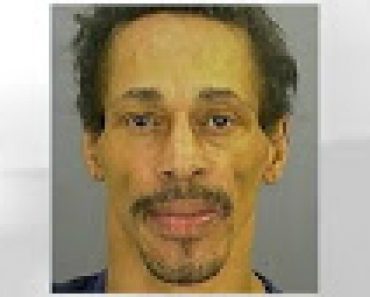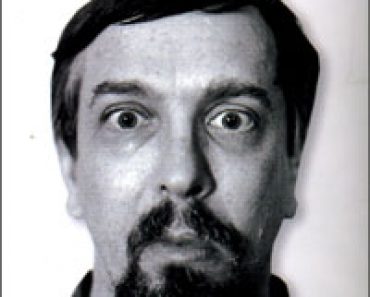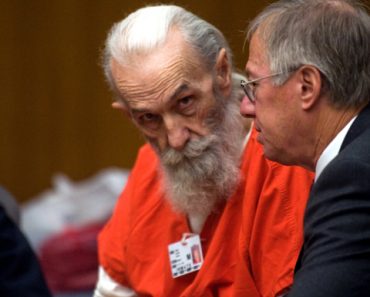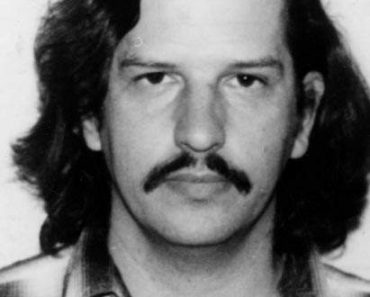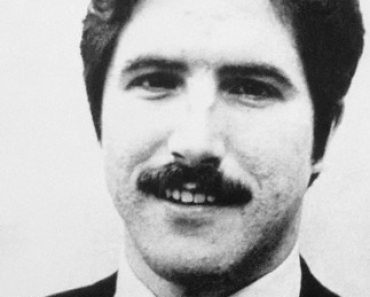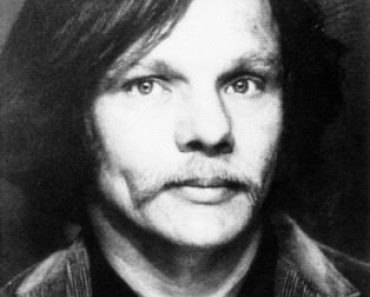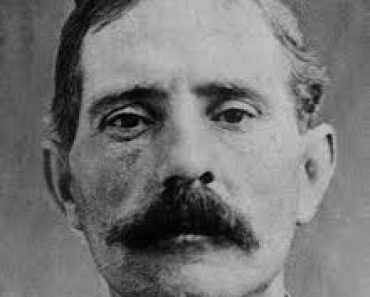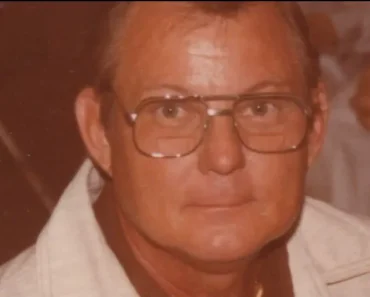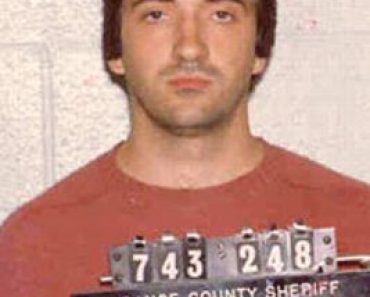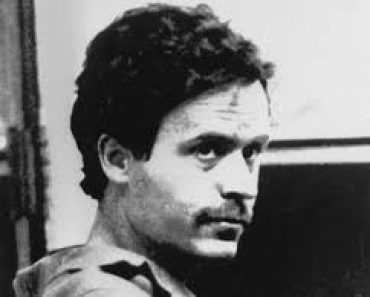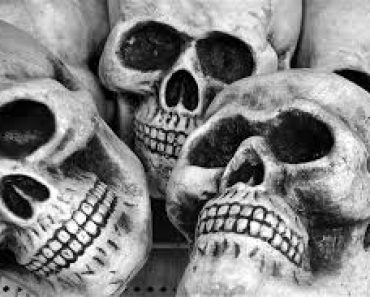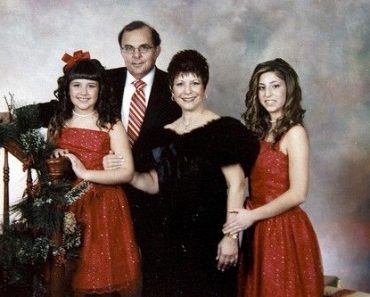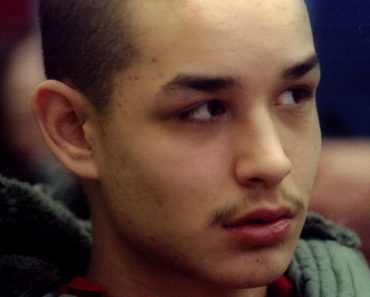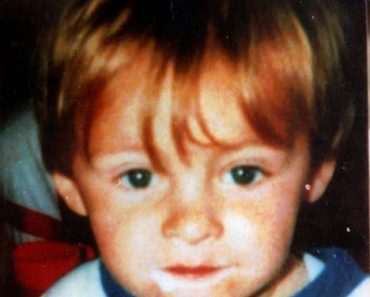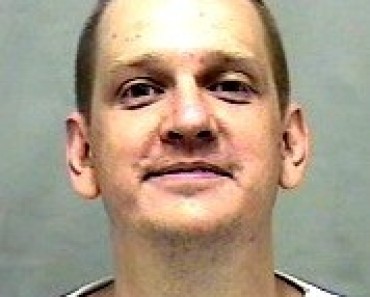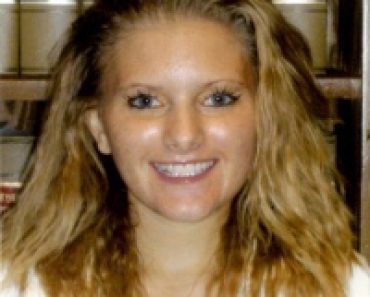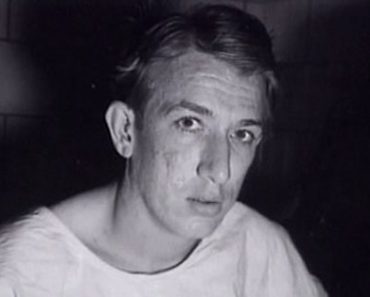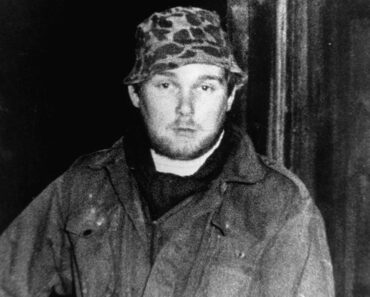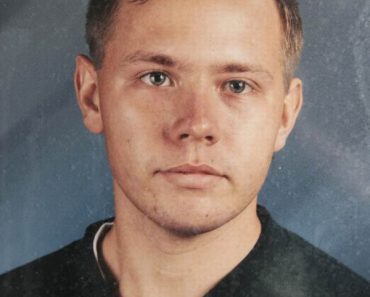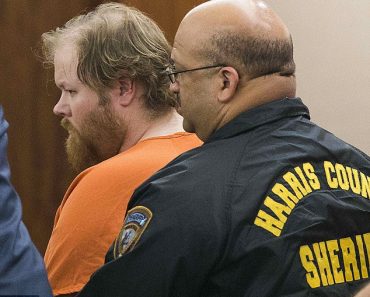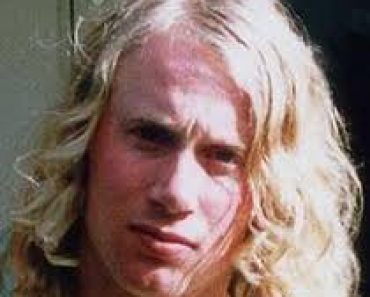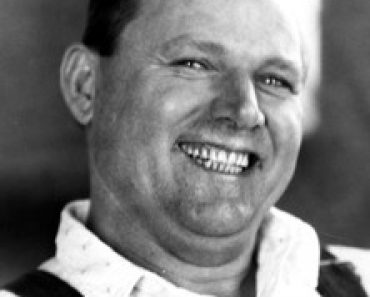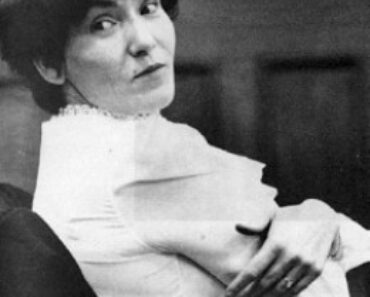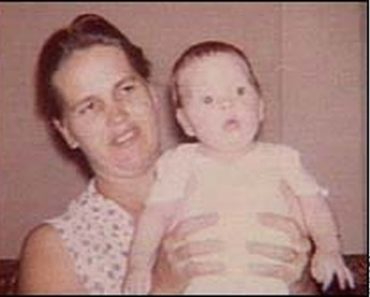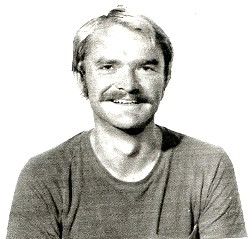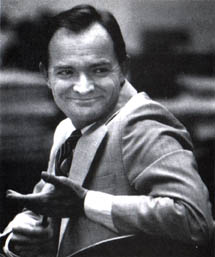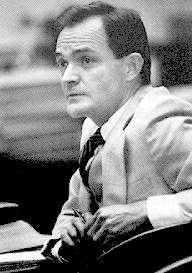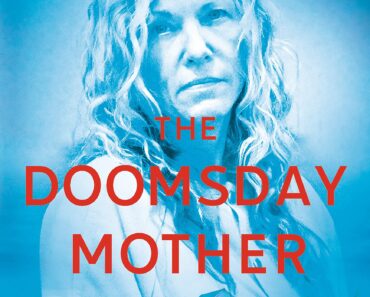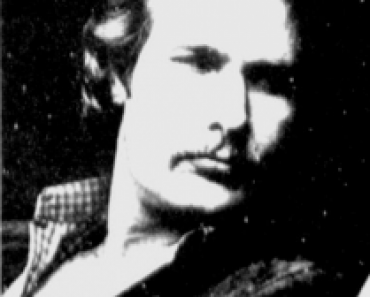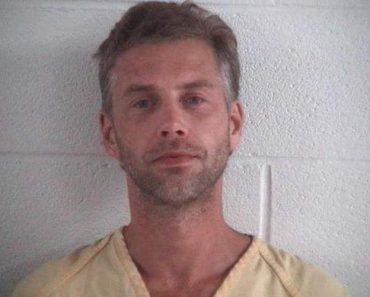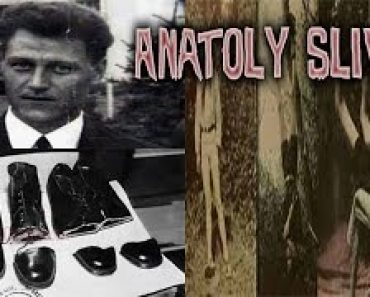
Randy Steven Kraft
An American Serial Killer
Southern California Strangler
1970 – 1983
Randy Kraft was an American Serial Killer. He was a prolific sexual sadist that may have committed at least as many as fifty or more murders. His killings are believed to have begun in the early 1970’s and stretched until his arrest in 1983. His victims were all male, mostly homosexuals, who Kraft would torture and mutilate, oft times while his victim was still alive. He was another of the California Freeway Killers due to the fact that he discarded his victims along the freeway expanses in Southern California.
Insta Facts
Criminal Classification
Documentary
Modus Operandi
Crime Timeline
The Story of Randy Steven Kraft
Randy Kraft was born in Long Beach, California on March 19, 1945. He was the fourth child, and only son, of Opal Lee and Harold Herbert Kraft. Herbert was employed as a production worker while Opal worked as a sewing machine operator. Herbert Kraft was considered a distant father, while Opal and Randy’s three older sisters dotted on him constantly.
As a child, Kraft was accident prone, breaking his collarbone at age one, tumbling down a flight of steps and knocking himself out a year later.
In 1948, the Kraft family moved from Long Beach to Midway City, in neighboring Orange County. Their home was a small, wood-frame Women’s Army Corps dormitory on Beach Boulevard that Kraft’s father renovated into a three-bedroom house.
Randy Kraft attended Midway City Elementary school, where his mother served on the PTA. As a student, Randy was noted for his intelligence and by 1957, was deemed intelligent enough to attend accelerated classes at 17th Street Junior High School.
In 1948 the family moved to Westminster, in ultraconservative Orange County. Randy seemed to fit right in. He was a good student and well liked. He played saxophone in the band, graduated in June 1963. That fall Randy Kraft moved on to conservative Claremont College in Pomona, California.
– Article Continues Below –
- Full Name : Randy Steven Kraft
- A.K.A. : The Southern California Strangler | The Freeway Killer | The Score Card Killer
- Date of Birth : March 19, 1945
- Zodiac Sign : Pisces
- Place of Birth : Long Beach, California
- Parents : Opal Kraft | Herbert Kraft
- Siblings :
- Education : High School 1965 | College 1968 w/ a Bachelor of Arts in economics.
- Military : U.S. Air Force – 1968 – 1969
- Marriage : Never Married
- Children ( 0 )
- Dates of Crimes : 1970 – 1983
- Number of Victims : 51+ | Convicted of 16
- Date of Apprehension : May 14, 1983
- Place of Incarceration : San Quentin State Prison, San Quentin, California
- Sentence Handed Down : Death
- Date of Execution: November 29, 1989
- Randy Steven Kraft is 76 years old and remains on death row as of 2021.
Randy Kraft College Years
At Claremont Men’s College, Randy Kraft joined the ROTC. He demonstrated in favor of the Vietnam war and campaigned for the right-wing presidential candidate Barry Goldwater in 1964. The following year however, he began a radical shift. He began noticeably drifting leftward politically. He grew his hair longer and began sporting a moustache. He found part-time employment bartending at a Garden Grove gay bar. By his junior year, rumors of his fondness for bondage was circulating around the campus.
Randy Kraft moved off-campus in 1966. He began sharing an apartment with a male friend in Huntington Beach. His spare time was spent frequenting gay bars. He was arrested that year for lewd conduct, after propositioning an undercover policeman in Huntington Beach. He got off with a warning.
At school, Randy Kraft’s devotion to late-night poker games and alcohol kept him from graduating with the rest of his class in June 1967. He had to repeat a class before he earned his bachelor’s degree in economics, eight months later.
By that time, Kraft had immersed himself in another political campaign. This time working for Robert Kennedy in 1968. His zeal earned Randy Kraft a personal letter from RFK, and he was crushed when an assassin slew his candidate in June.
Days later, Kraft joined the U.S. Air Force, scoring high on aptitude tests and passing background checks to win a “secret” security clearance. Posted to Edwards Air Force Base, he supervised the painting of test planes.
– Article Continues Below –
Criminal Classification of Randy Steven Kraft : Serial Killer
A serial killer is typically a person who murders three or more people, usually in service of ‘abnormal psychological’ gratification, with the murders taking place over more than a month and including a significant period of time in between them. While most authorities set a threshold of three murders, others extend it to four or lessen it to two.
Psychological gratification is the usual motive for serial killing, and most serial killings involve sexual contact with the victim, but the Federal Bureau of Investigation (FBI) states that the motives of serial killers can include anger, thrill-seeking, financial gain, and attention seeking. The murders may be attempted or completed in a similar fashion. The victims may have something in common, for example, demographic profile, appearance, gender or race.
Although a serial killer is a distinct classification that differs from that of a mass murderer, spree killer, or contract killer, there exist conceptual overlaps between them. Some debate exists on the specific criteria for each category, especially with regards to the distinction between spree killers and serial killers.
Randy Kraft Comes Out
The Kraft family was shocked when Randy revealed his sexual preference in 1969. He disclosed his homosexuality through a letter he wrote to a friend. Randy later described his father as having flown “into a rage”. His mother was more understanding, but disapproving none the less. The family ultimately accepted his sexuality but remembered he began distancing himself from them after he had made his life choice known.
Randy Kraft was also immediately ‘medically’ discharged from the Air Force when he revealed the same facts to his superiors. He returned to his parent’s home and resumed his bartending career. He plunged full bore into the gay lifestyle, stoking his energy with speed and alcohol.
Randy Kraft’s erratic behavior continued into the 1970’s. One roommate later recalled that “Randy used to go away for a few days on end”. Upon his return he would lock himself away in his room for several more days. “He’d go down by the Marine base. He wouldn’t talk about it much, just mumble something about going down and looking for Marines.” Another termed Kraft as “a very anal-retentive kind of guy. He was uptight and very strict with himself.” Other friends would say he had a volatile temper and that he would “wig out” every so often.
The First Sexual Assault of Randy Kraft
Randy Kraft met a 13-year-old runaway, Joseph Alwyn Fancher, on the boardwalk in Huntington Beach in March of 1970. Randy, plying the boy with wine and marijuana, was able to coax the child back to his apartment. With Joseph then drugged to the point of only half consciousness, Randy Kraft stripped the boy and sodomized him.
Hours later, Joseph Fancher escaped from Randy’s apartment after Kraft left the youth unattended to go to work. Joseph stumbled barefoot to a nearby bar, where patrons called an ambulance. Fancher later led police back to Kraft’s place in search of his shoes. They found the sneakers, along with various illegal drugs and 76 photos of Kraft enjoying sex with various men. But, because the search was done without a warrant, police knew their case was doomed and did not, could not, make an arrest.
The First Dead of Many to Randy Kraft’s Credit
In 1971 Randy Kraft found work at a bottled water plant in Huntington Beach. He drove a forklift by day and cruised gay bars at night. In an effort to further his career prospects, Randy enrolled at Long Beach State University, undertaking teaching courses. Unfortunately Randy enjoyed partying more than studying so that endeavor would not last long. However, while at the university, Kraft became acquainted with Jeff Graves, a fellow teaching student from Minnesota. The two started a relationship and moved in together. This did not not however stop Randy Kraft from cruising the gay bars for strangers, showing a decided preference for Marines.
On Oct. 5, 1971, police found a man’s nude, decomposing body beside Ortega Highway, in southern Orange County. The body was identified as that of Wayne Joseph Dukette, a 30-year-old gay bartender from Long Beach who had been missing for two weeks. Dukette tended bar at a gay establishment called “The Stable”. He was last seen alive on September 20th. The coroner pegged his date of death on that same date, but, due to putrefaction, could find no obvious signs of foul play. Dukette’s clothing and personal effects were never found.
The first entry in Randy Kraft’s personal journal (referred to as his “scorecard”) reads “Stable”, leading investigators to believe Joseph Dukette was Kraft’s first murder victim.
– Article Continues Below –
- Wayne Joseph Dukette (30) September 20, 1971
- Edward Moore (20) December 24, 1972
- Kevin Bailey (17) April 9, 1973
- Ronnie Wiebe (20) July 28, 1973
- Keith Crotwell (18) March 29, 1975
- Mark Hall (22) January 1, 1976
- Scott Hughes (18) April 16, 1978
- Roland Young (23) June 11, 1978
- Richard Keith (20) June 19, 1978
- Keith Klingbeil (23) July 6, 1978
- Michael Inderbieten (21) November 18, 1978
- Donald Crisel (20) June 16, 1979
- Robert Loggins (19) August 23, 1980
- Eric Church (21) January 27, 1983
- Rodger DeVaul (20) February 12, 1983
- Geoffrey Nelson (18) February 12, 1983
- Terry Lee Gambrel (25) May 14, 1983
The Timeline of Crimes
Edward Daniel Moore
-December 24, 1972-
Nearly 15 months would elapse before the next confirmed victim in southern California’s latest murder series would be found. The dead man’s name was Edward Daniel Moore. He was a 20 year old marine, last seen alive in his Camp Pendleton barracks on Christmas Eve 1972. His body was discovered beside the 405 Freeway in Seal Beach, on the day after Christmas.
A motorist found the body at 1:45 a.m., apparently dumped from a moving car. Moore had been strangled and bludgeoned. There were bite marks on his genitals and one of his own socks was jammed in his rectum.
John Doe #1
Six weeks later, on February 6, 1973, a nude “John Doe” was found beside the Terminal Island Freeway, in the Wilmington district of Los Angeles. He was strangled a day or two before he was found. He was about 18 years old. The victim, who has never been identified, had a brown sock stuffed into his anus.
John Doe #2
Easter Sunday brought another grim discovery, with another “John Doe” corpse discarded in Huntington Beach. This one was fully dressed except for shoes and socks. Underneath the bloody slacks however his genitals were missing. Ligature marks scarred his wrists. The cause of death was a toss-up: blood loss or asphyxiation.
John Doe #3
The year’s next victim was another “John Doe”. The body was dismembered and scattered across two counties:. The head was found in Long Beach. The torso, right leg and both arms were in San Pedro. The left leg was located in Sunset Beach. Bondage marks were evident and the remains had been refrigerated prior to dumping. The victim’s hands were never found.
John Doe #3
The year’s next victim was another “John Doe”. The body was dismembered and scattered across two counties:. The head was found in Long Beach. The torso, right leg and both arms were in San Pedro. The left leg was located in Sunset Beach. Bondage marks were evident and the remains had been refrigerated prior to dumping. The victim’s hands were never found.
Ron Wiebe
Ron Wiebe, a 20-year-old from Fullerton, vanished while bar-hopping on July 28, 1973. His corpse, fully clothed but barefoot, was found two days later, beside the 405 Freeway in Seal Beach He had been beaten and strangled. Before dying, he had been bound, tortured and apparently hung upside-down. He had bite marks on his stomach and penis. One of his own missing socks was found in his rectum.
Vincent Cruz Mestas
On December 29, 1973, 23 year old Vincent Cruz Mestas was pulled from a ravine in the San Bernardino Mountains. Like Ron Wiebe, he was clothed but barefoot, one of his own socks shoved deep into his anus. Cruz’s face and head were freshly shaved. Both of his hands were missing, plastic sandwich bags covered the bloody stumps. A pencil-sized object had been forced into his penis prior to death.
Malcolm Eugene Little
20-year-old Malcolm Eugene Little was found on June 1, 1974. The killer or killers had left his nude body propped against a mesquite tree beside Highway 86, west of the Salton Sea in Imperial County. His murderer had left the body with its legs spread to emphasize the severed genitals, a mesquite branch rammed six inches into his rectum. Little had been an unemployed truck driver who had arrived from Alabama to look for work just one week before he died.
Roger Dickerson
Roger Dickerson, another U.S. Marine, fell victim to the unknown killer three weeks later. Roger was last seen alive at a bar in San Clemente, where he told friends he had found a ride to Los Angeles for the weekend. He didn’t give them the name of the driver, who apparently sodomized and strangled him to death. There were bite marks on Dickerson’s penis and left nipple. His naked corpse had been dumped near a Laguna Beach golf course.
Thomas Paxton Lee
Oil field workers in Long Beach found the next victim on August 3, 1974. Manually strangled and left fully clothed, the dead man was identified as 25-year-old Thomas Paxton Lee, a local waiter and sometime gay hustler that had last been seen alive at a Wilmington bar the previous night.
Gary Wayne Cordova
Nine days later, 23-year-old Gary Wayne Cordova was found, fully clothed but barefoot, beside a highway in southern Orange County. Death was caused by an overdose of alcohol and Valium. Lacking any of the killer’s trademark mutilations, neither victim was initially connected to the murder series.
James Dale Reeves
There were no doubts about James Dale Reeves, though, when Irvine police found his body on Nov. 29, 1974. Nude except for a bloody T-shirt, the gay 19-year-old had gone out cruising on Thanksgiving Day and never returned. His killer left the body with the legs spread, a tree limb four feet long and three inches in diameter protruding from his anus.
John Leras
Two killers were apparently involved in the December 1974 murder of John Leras. Leras, a 17-year-old high school student, was the youngest victim to be found so far. Leras had vanished while on his way to a Long Beach skating rink, anxious to try out the roller skates he had received for Christmas. Strollers found him floating in the surf off Sunset Beach, with a wooden surveyor’s stake hammered into his rectum. Leras had been strangled while bound and had alcohol in his system. Two sets of footprints marked the sand where he had been carried from a car park to the water.
Craig Victor Jonaites
Shortly after noon on January 17, 1975, construction workers found 21-year-old Craig Victor Jonaites strangled to death near a Long Beach motel on the Pacific Coast Highway. Jonaites was barefoot, but otherwise fully dressed–in fact, he wore two pairs of pants, one over the other.
The driver, Randy Kraft, pulled over and stopped his car. He got out of the vehicle and began walking toward the cruiser. Although his manner was polite, the officer was immediately suspicious. The officer walked Randy Kraft back to his vehicle and found the body of Terry Gambrel slumped over dead in the passenger’s seat. He had been strangled with a belt.
Who Is Randy Kraft
A background check on Kraft revealed a 1966 arrest for lewd conduct in Huntington Beach. In 1967 he had graduated from college with a degree in economics. He then spent a year in the air force but was discharged on grounds related to homosexual behavior. In 1975 he was arrested again for lewd conduct with another man. This time he spent 5 days in jail and paid a small fine.
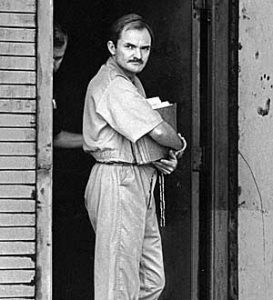
The officer searched Randy Kraft’s car and found forty-seven photos of young men. In the photos some of the subjects were nude. Others were unconscious or dead. They also found a briefcase that contained a notebook with more than 60 messages, all written in a code.
Searching Randy Kraft’s home, authorities found photo’s of three men, whose deaths were still unsolved cases in Southern California.
Robert Loggins had been found dead in September of 1980. Photos of his body were found in Randy Kraft’s home. Roger De Vaul, and Geoffrey Nelson were last seen in February of 1983. Their bodies were discovered just days apart and photos of both men were also found in Kraft’s house.
And There’s More
Fibers from a rug in Kraft’s garage matched fibers found on the body of Scott Huges, who was found alongside the Riverside Freeway in April of 1978. Items belonging to a man found dead near Grand Rapids, Michigan were also found in his home. Randy Kraft had worked for a Santa Monica based aerospace firm between June 1980 and January 1983 and had traveled to offices in Oregon and Michigan during times of some of the unsolved murders in each state.
Cracking The Code of Randy Kraft
Prosecutors eventually cracked the code in Randy Kraft’s notebook. “2 in 1 Hitch” referred to the murders of Nelson and De Vaul. “Marine Carson” referred to Richard Keith, a marine last seen in Carson, California, and whose body was discovered in Laguna Hills in 1978. “Jail Out” referred to a murder he committed hours after being released from jail on June 11, 1978. “Parking Lot” referred to the murder of Keith Crotwell, an eight-year-old boy whose severed head was found by a group of fisherman. His body turned up a while later. Kraft was questioned in this case, and admitted meeting Crotwell in a parking lot the day he vanished.
Randy Kraft was considered a “Score-card killer”.
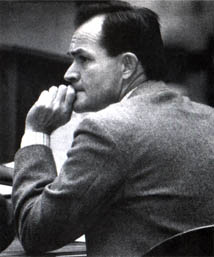
In September 1983, the charges against Randy Kraft stood at sixteen murders, eleven counts of sodomy, nine counts of sexual mutilation, and three counts of robbery.
In January of the next year prosecutors filed written notice of their intent to prove twenty-one additional murders, spanning twelve years, and three states. Randy Kraft was found guilty and given the death sentence.
He is currently awaiting execution on death row in San Quentin State Prison in California.
credit – murderpedia


